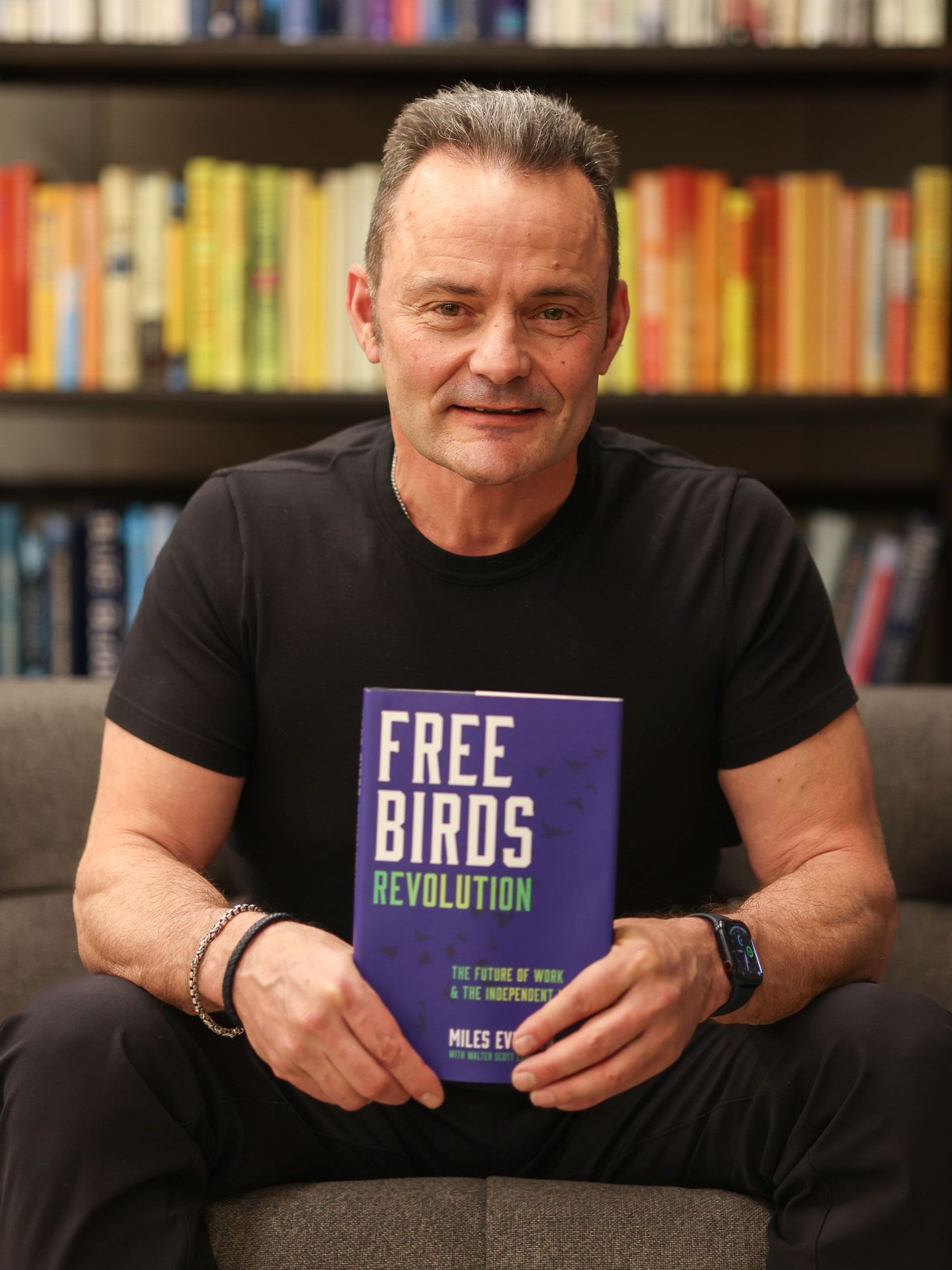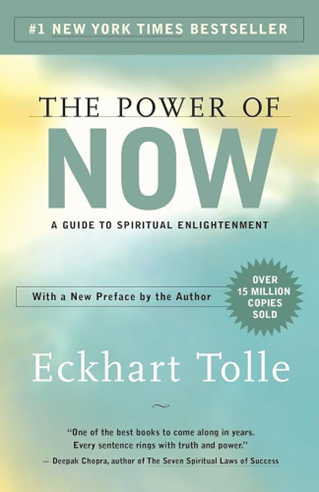Customer loyalty can turn brands into legends. Find out why here!
Let’s apply this framework in the context of customer loyalty. Keep reading below to know the importance of customer loyalty and its connection to high levels of business performance. |
|
Customer loyalty can turn brands into legends. Find out why here! When Fred Reichheld joined Bain & Company in 1977, the firm was in a period of rapid growth. Bain & Company’s rise was fueled by its commitment to go beyond just offering companies advice and billing them for that service. Instead, the consulting firm went above and beyond, as it came up with a plan for clients and helped them implement it. More importantly, Bain & Company only worked with one company per industry, enabling the company to focus on its clientele. This hands-on approach and slimmed-down customer base was what gave the consulting business its edge. However, what really set Bain & Company apart was Reichheld’s focus on a unique business problem: Loyalty.
You see, Reichheld understood the importance of loyalty from both customers and employees. Reichheld’s belief was based on his research, which showed it wasn’t enough to keep customers satisfied. Instead, companies had to provide customers with a product and service worthy of their loyalty since doing so could help businesses create a lasting competitive advantage for themselves. Decades later, Reichheld’s strategy transformed how companies think about their businesses. The strategy also led to the development of a game-changing metric: Net Promoter Score (NPS). NPS and Business Success Reichheld created the NPS to go beyond customer satisfaction and capture something more powerful: Advocacy. NPS is at the heart at some of the most successful companies, like Apple and American Express. If you’ve ever used a service from any of these companies, you’ve likely seen NPS in action as it involves asking customers a simple question. “How likely are you to recommend us to a friend or colleague?” Answers to this question are categorized into the following:
A company’s NPS score is calculated by subtracting the percentage of Detractors from the percentage of Promoters. The higher the score, the stronger the advocacy and customer loyalty. A Master of Loyalty Apple is an example of a company that has earned its success through its mastery of fostering customer loyalty. The tech giant didn’t just settle with creating great products like the iPhone, Apple Watch, MacBook, and iPad; it also built an ecosystem that kept its users locked in and invested. Apple has many products in circulation today and has spent many years building a seamless ecosystem where it is very convenient for users to sync their data across multiple devices. For example: The Apple Watch makes it easy for users to read and respond to iMessages and sync content between a MacBook, iPad, and iPhone. Due to this integration, most users simply opt to stay in Apple’s product ecosystem… even if it means paying a premium for new products every few years. Simply said, Apple not only delivers what customers want but also creates an ecosystem that turns users into passionate advocates. In the end, these loyal customers are the ones telling everyone they know to invest in Apple’s ecosystem. That’s NPS in action. In 2023, the company reached an impressive NPS score of 61. This means that advocacy has been a key driver of Apple’s incredible stock growth and massive wealth creation over the past decade. NPS Through RDS’ Lens NPS is a powerful tool for companies that want to achieve high levels of performance. Firms that have a high or improving NPS relative to their competitors typically possess a strong competitive advantage. When customers are satisfied and loyal enough to recommend a company’s product, it’s a sign that the firm has built a growth engine that its competitors cannot easily replicate. Professor Joel Litman and Dr. Mark L. Frigo in the book, “Driven” highlighted the importance of fulfilling unmet customer needs and leveraging customer relationships and intelligence to continually identify and fulfill consumer needs. According to them, a company’s earning power potential is affected in part by the existence of substitutes. That’s why it’s important for a firm not only to identify unmet customer needs , but also to create products or services that cannot be easily recreated by a competitor. By effectively utilizing NPS as a tool to build advocacy and customer loyalty, Apple was able to create a competitive advantage that enabled it to become one of the world’s biggest and most profitable companies. — If you’re looking to gain a better understanding of Return Driven Strategy and Career Driven Strategy, we highly recommend checking out “Driven” by Professor Litman and Dr. Frigo. Click here to get your copy and learn how this framework can help you in your business strategies and ultimately, in ethically maximizing wealth for your firm. Hope you found this week’s insights interesting and helpful.
Stay tuned for next Tuesday’s Return Driven Strategy! In the bustling world of retail, where split-second decisions can make or break a business, EFFICIENCY reigns supreme. Learn more about Walmart’s ERP system through the lens of RDS’ 1st foundation in next week’s article! |

Miles Everson
CEO of MBO Partners and former Global Advisory and Consulting CEO at PwC, Everson has worked with many of the world's largest and most prominent organizations, specializing in executive management. He helps companies balance growth, reduce risk, maximize return, and excel in strategic business priorities.
He is a sought-after public speaker and contributor and has been a case study for success from Harvard Business School.
Everson is a Certified Public Accountant, a member of the American Institute of Certified Public Accountants and Minnesota Society of Certified Public Accountants. He graduated from St. Cloud State University with a B.S. in Accounting.
SIGN UP FOR THE NEWSLETTER
The Business Builder Daily
Newsletter Signup
We will get back to you as soon as possible.
Please try again later.



